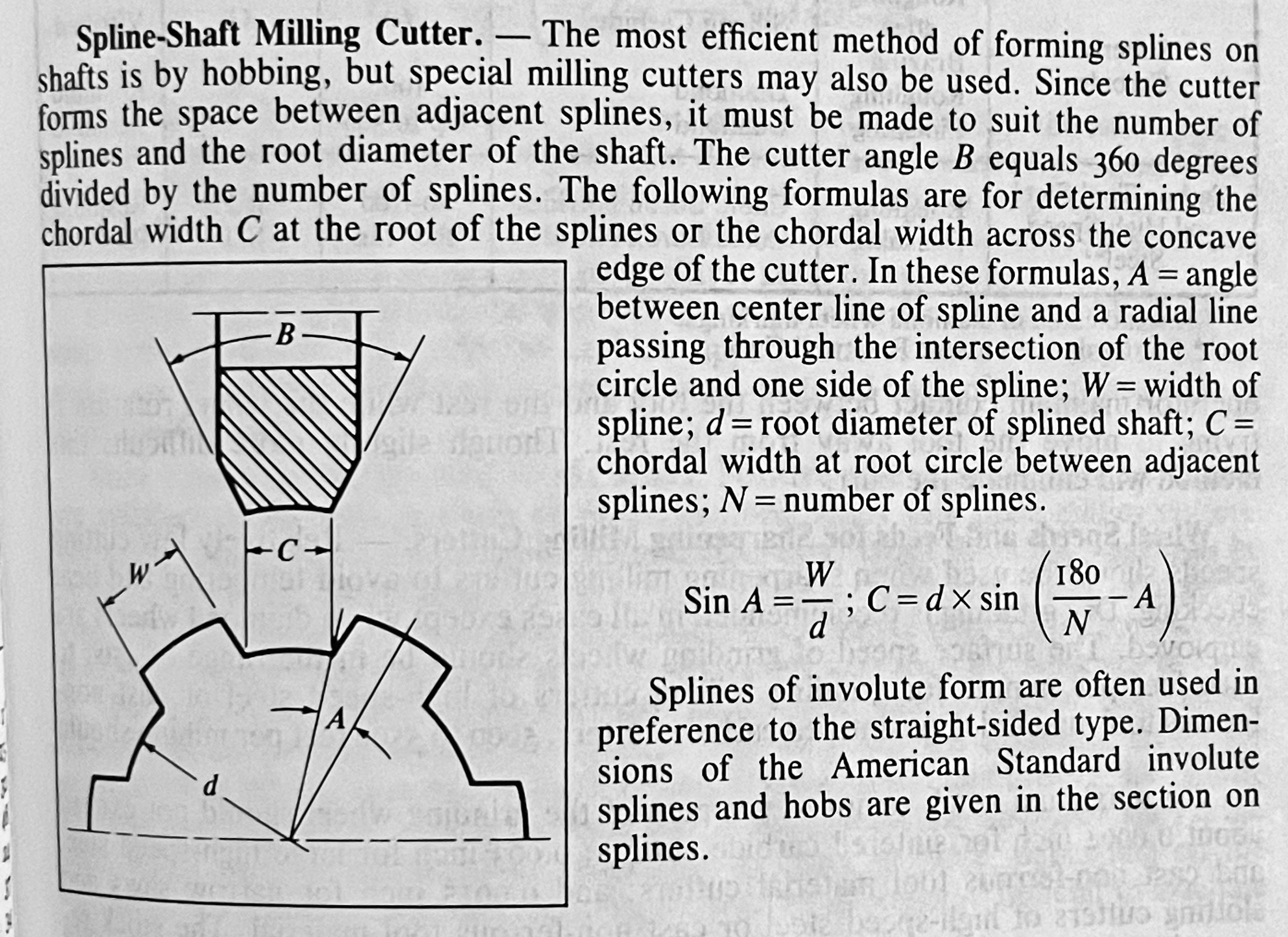- Joined
- Sep 29, 2017
- Messages
- 2,253
Hi guys.
Gears I've made,but now I must machine splines on a shaft for a hydraulic pump. #1.Do you need a spline cutter like a gear cutter?
#2. Or can you make a single point HSS cuuter.
#3.How do you calculate the angle of the spline
#4. How do you calculate depth of cut,does it work the same as gears?
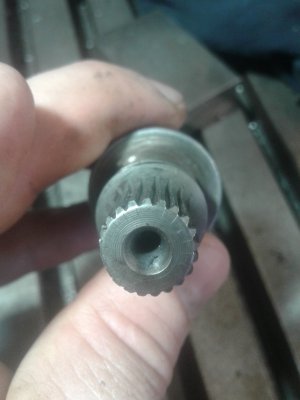
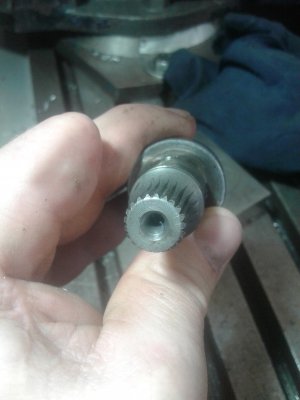
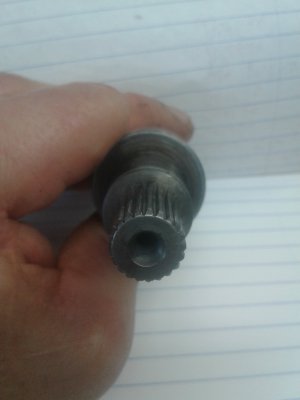
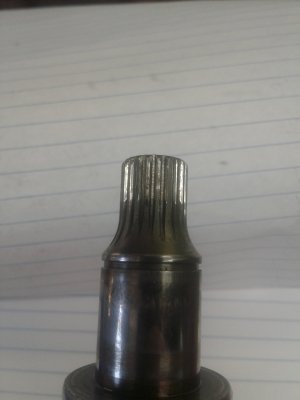
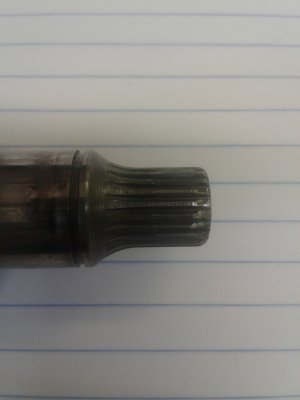
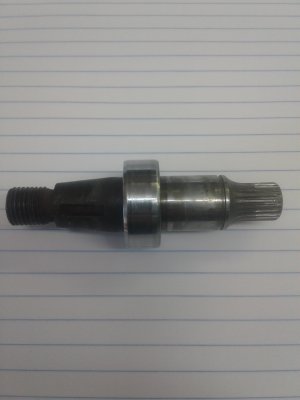
The angle looks about 45degr.
Gears I've made,but now I must machine splines on a shaft for a hydraulic pump. #1.Do you need a spline cutter like a gear cutter?
#2. Or can you make a single point HSS cuuter.
#3.How do you calculate the angle of the spline
#4. How do you calculate depth of cut,does it work the same as gears?






The angle looks about 45degr.


